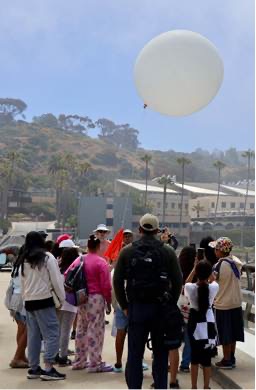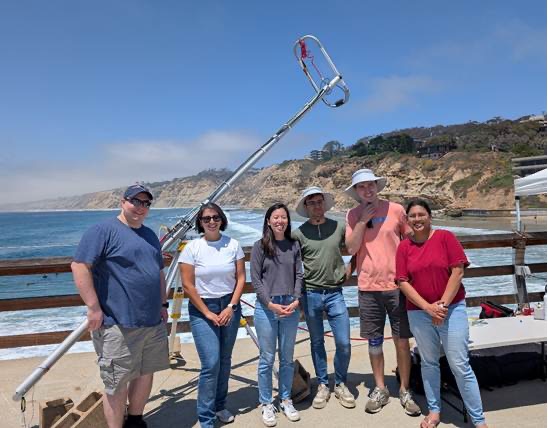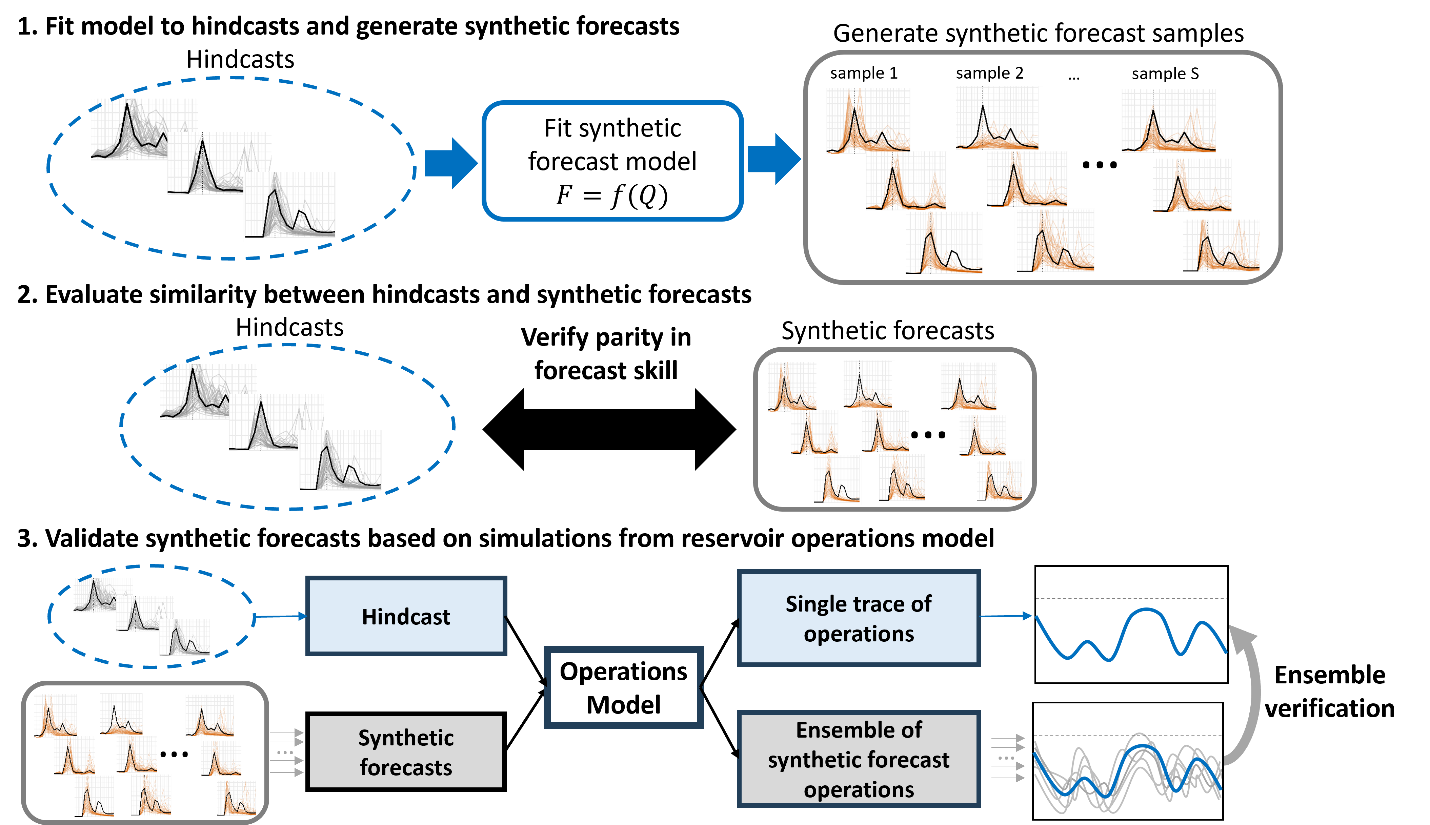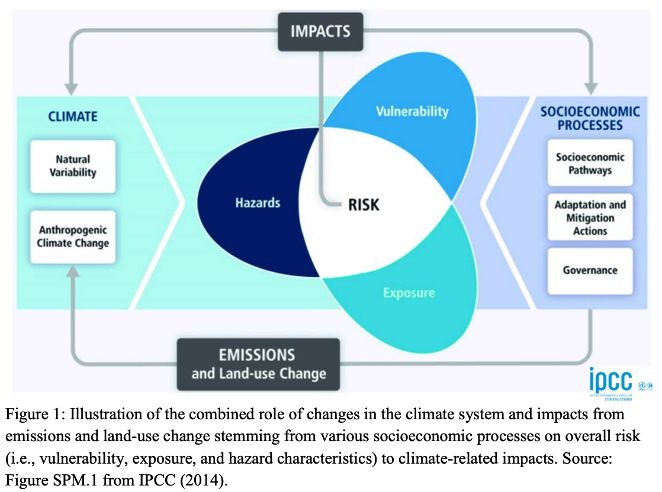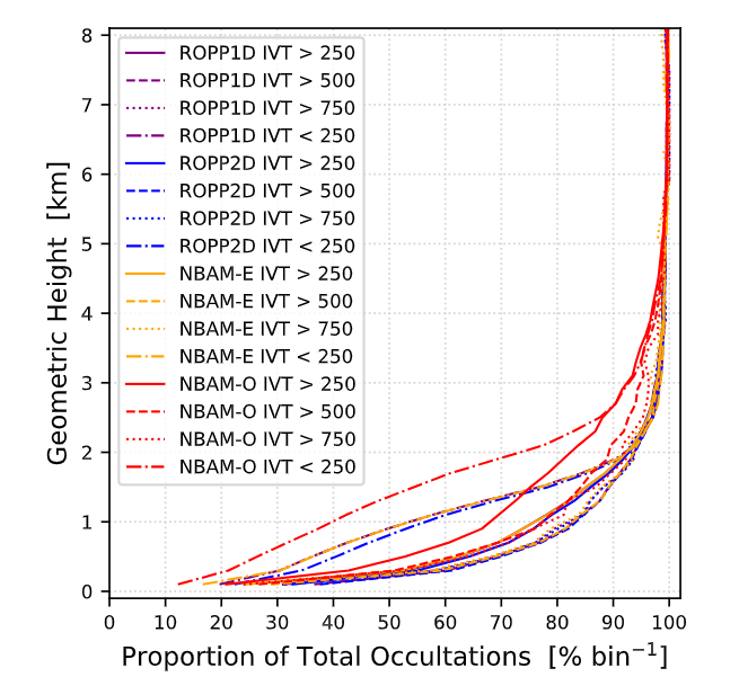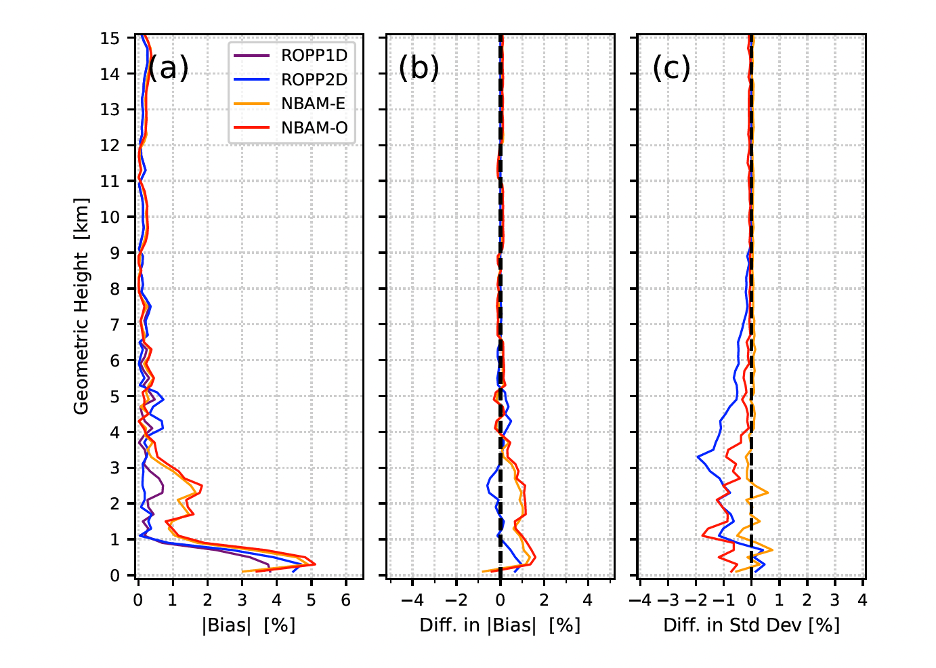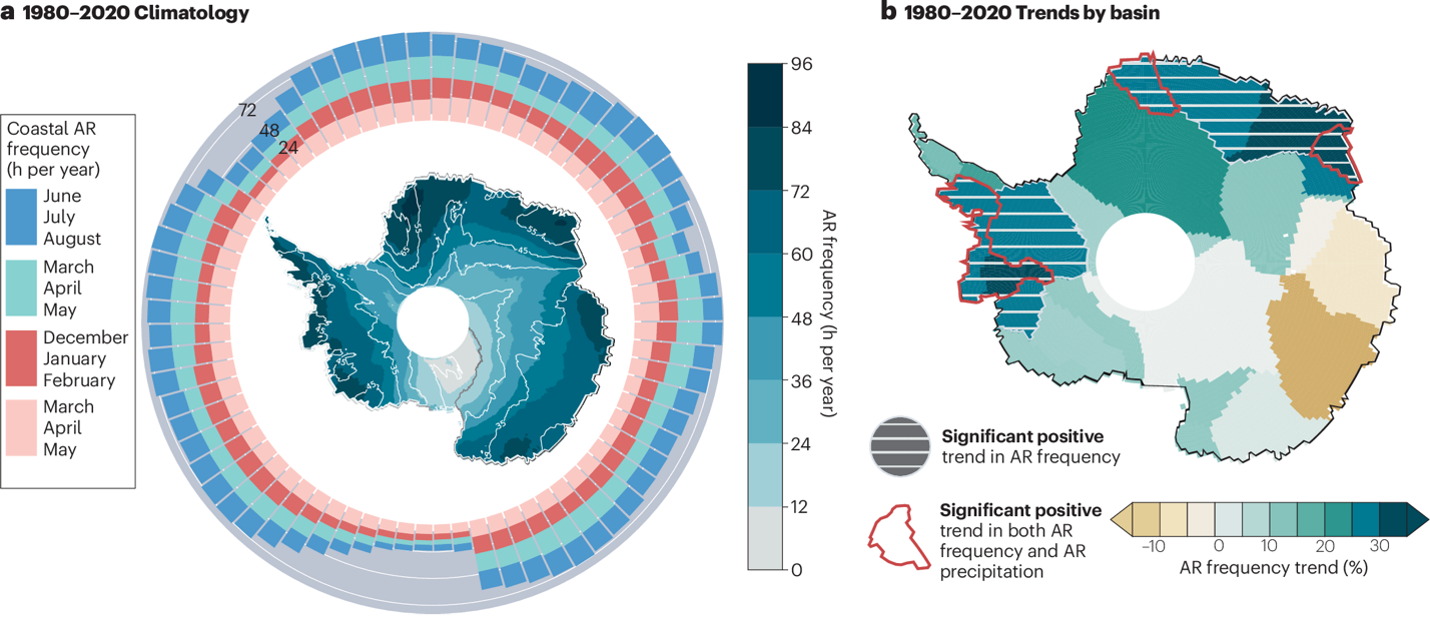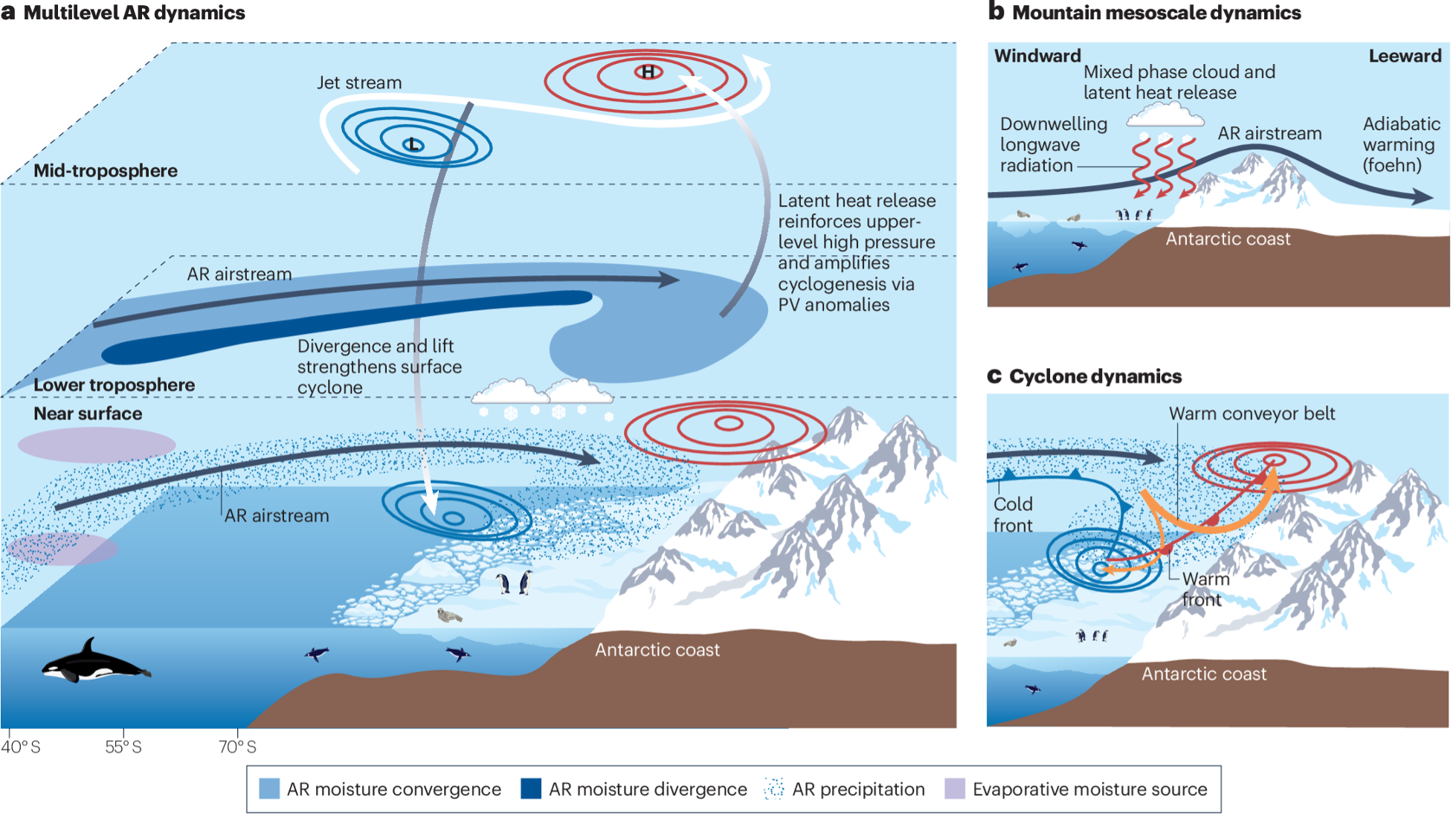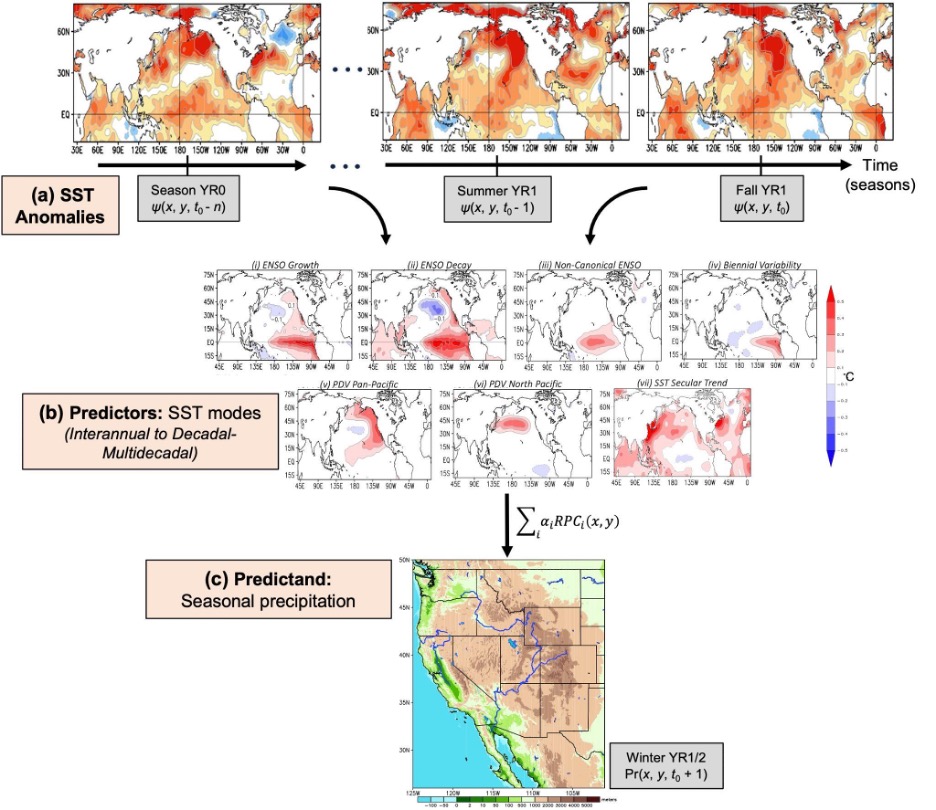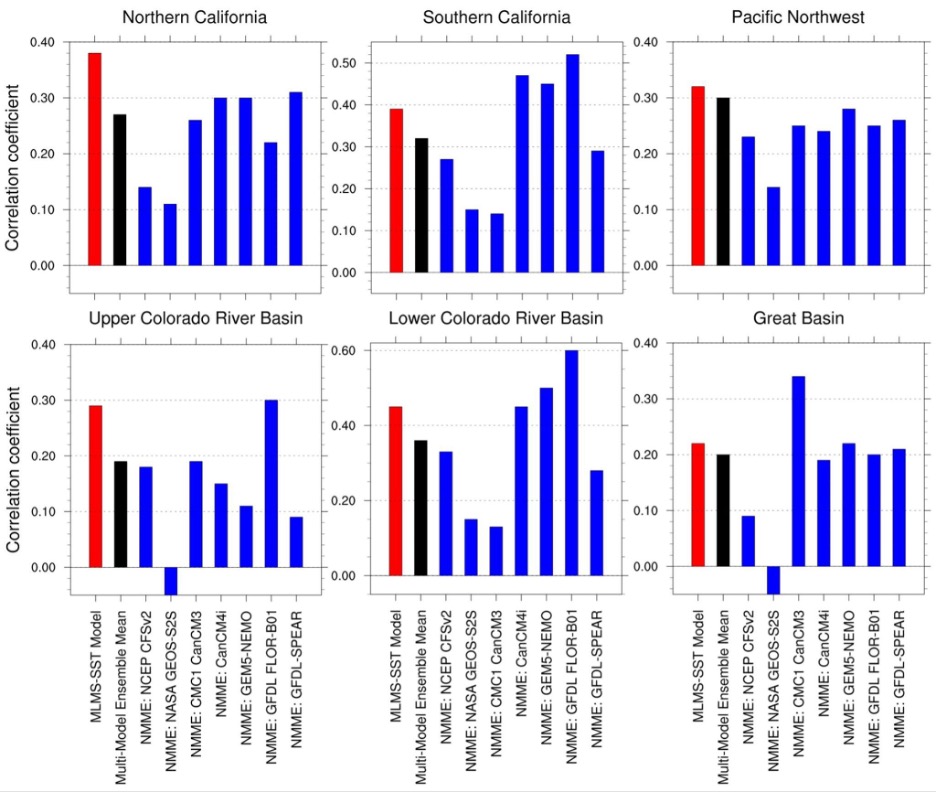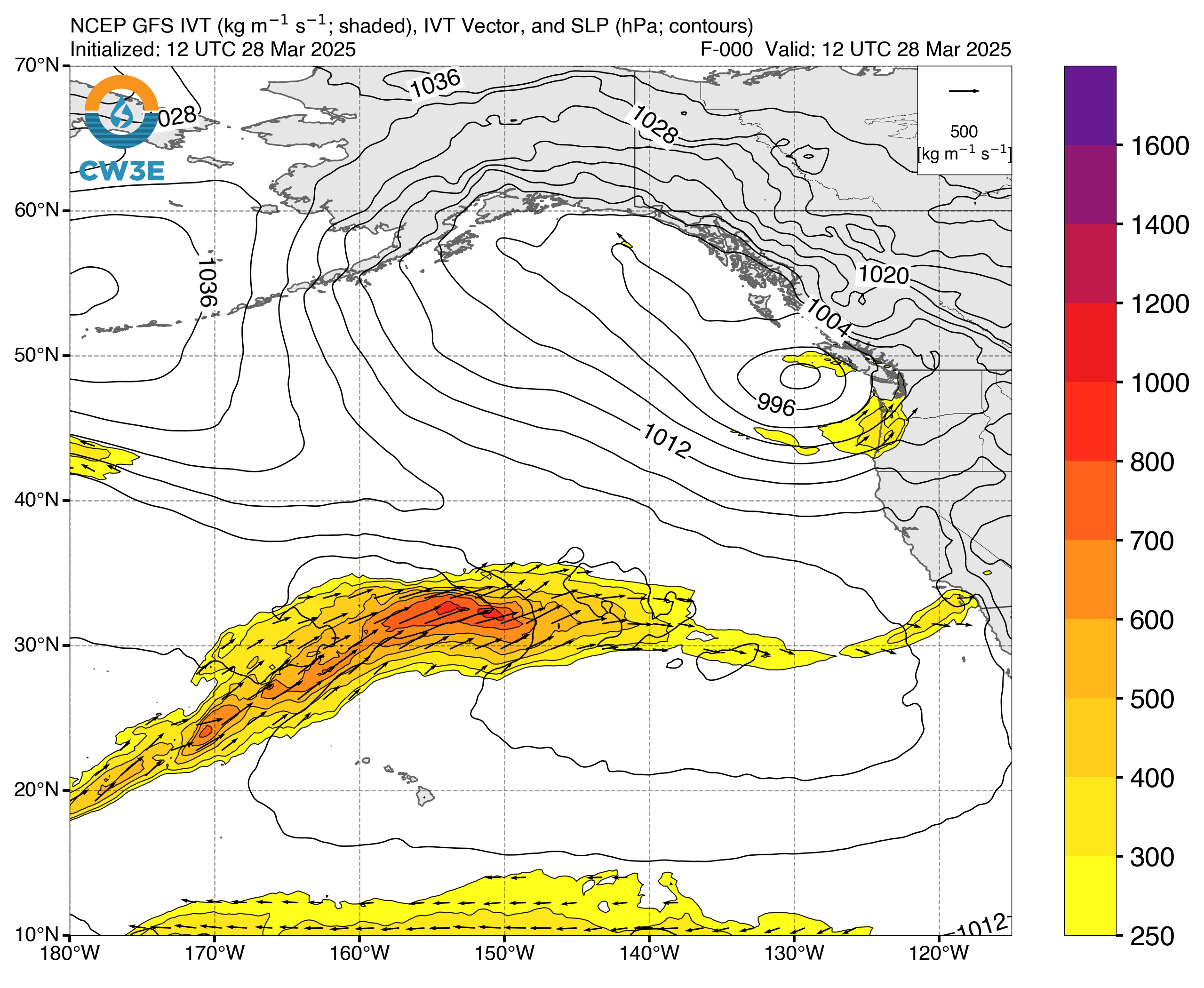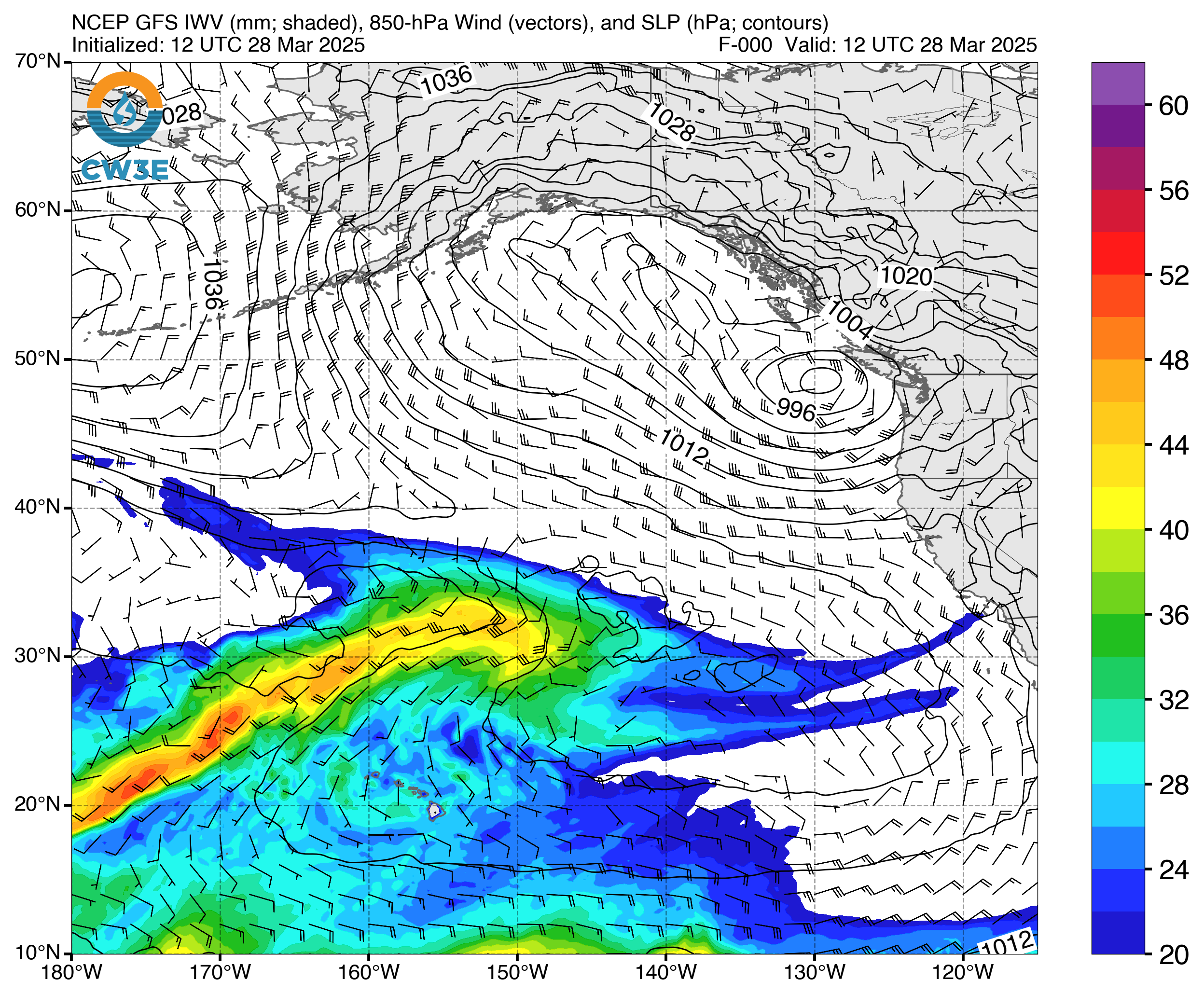CW3E Hosts Collaborative Outreach and Research Event at Scripps Pier
June 30, 2025

Figure 1. Bridget McNamara and the drone team demonstrate the instrumentation setup on the drone to the students prior to the flight.
On the 21st of May 2025, CW3E staff successfully hosted a dynamic outreach and research event at the Scripps Pier, bringing together university researchers, private-sector partners, and young students for a day of hands-on learning and scientific collaboration.
Participants included UCSD engineering students Julia Lee, Eric Limonadi, Bridget McNamara, and Cindy Tran, advised by SIO researcher Dr. Jooil Kim; SIO Professor Jennifer Haase and her research group; Windborne Systems engineers Jake Spisak and Nathan Kaplan; and approximately 70 fifth-grade students from Chollas Meed Elementary School. This outreach event was part of CW3E’s ongoing collaboration with Earthlab, a UCSD Community Station led by Groundwork San Diego and supported by the UCSD Center on Global Justice. The program aims to provide students hands-on exposure to the research conducted by CW3E and its partners. Windborne Systems has been a partner in CW3E’s Atmospheric River Reconnaissance Research and Operations Partnership for several years, and this marks the first time that we have conducted simultaneous data collection. CW3E has been a close collaborator with Dr. Haase and her research group, who conducted experimental atmospheric profiling measurements (humidity, temperature, and pressure) using a stationary GPS-based instrumentation at the nearby Scripps Munk Laboratory building to compare to the radiosonde measurements. The collaboration with Dr. Kim and the UCSD senior engineering students developed out of a previous radiosonde launch demonstration conducted for an SIO course, a previous outreach event. The presence of multiple research groups and cutting-edge technologies created a unique opportunity for elementary students to engage with real-world science. By interacting directly with scientists, engineers, and graduate students, the students gained a deeper appreciation for the collaborative nature of atmospheric research and hopefully got introduced to potential STEM career paths.
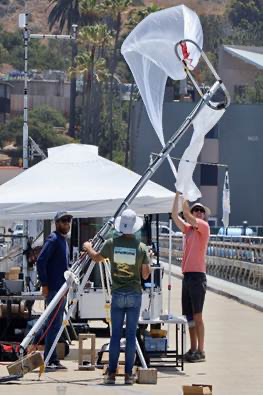
Figure 2. Ethan Morris, Nathan Kaplan, and Jake Spisak preparing for a dual radiosonde payload launch on the Windborne weather balloon.
In close collaboration with Windborne Systems and Dr. Kim’s team, CW3E executed a full schedule of radiosonde and drone launches to showcase various methods of atmospheric observation techniques (Fig. 1). The event featured four rounds of weather balloon launches: two led by CW3E, one led by Windborne, and the final coordinated launch by both teams (Fig. 2). Several of these launches included dual payloads of Windborne sensors and CW3E Vaisala radiosondes. Simultaneously, Dr. Kim’s team deployed a drone equipped with sensors to measure wind speed and direction to conduct intercomparison studies of near-surface wind measurements, demonstrating the integration of emerging technologies in meteorological research.
The elementary students participated in interactive tours highlighting the various teams’ instruments and related research, including a tour of the stationary weather station on the Scripps Pier. Student groups also enjoyed activities at the tide-pools on the beach adjacent to the Scripps campus. Many of the students were able to participate (hands-on) in the weather balloon launches, while all were able to view the data being transmitted in real-time from these launches.
The elementary students participated in interactive tours highlighting the various teams’ instruments and related research, including a tour of the stationary weather station on the Scripps Pier. Student groups also enjoyed activities at the tide-pools on the beach adjacent to the Scripps campus. Many of the students were able to participate (hands-on) in the weather balloon launches, while all were able to view the data being transmitted in real-time from these launches.
In total, seven Scripps staff participated in this outreach event, including Subin Yoon, Ethan Morris, Samuel Bartlett, Suma Bhanu Battula, and Yazmina Rojas Beltran from CW3E, and Valeria Gutierrez Carrillo and Carlene Burton from Scripps (Fig. 4).
The event displayed the collaborative nature of scientific research, bringing together multiple teams from across disciplines and institutions, all the while engaging the fifth-grade students.
Figure 4. Sam Bartlett, Yazmina Rojas Beltran, Subin Yoon, Nathan Kaplan, Jake Spisak, and Suma Battula photographed after the last launch of the event.

